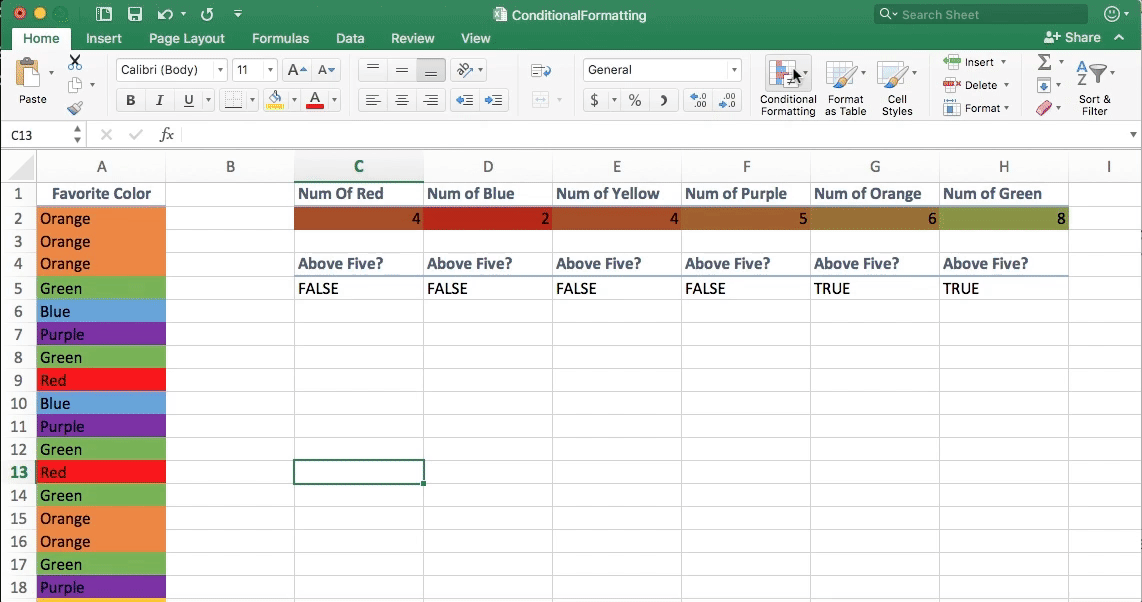Objectives For Today
- Excel For Exploratory Data Analysis (EDA)
Some folks are confused over some pre-work activities in your Windows machines, and I'm going to demystify some of it.
What is a Terminal?
- It is the graphical user interface (GUI) that we interact with the computer by giving it commands.
- How you use commands is highly dependent on the operating system (OS) itself, and in our case, we have Windows vs MacOS (Unix) vs Linux:
- Microsoft and other companies were trying to compete in terms of standards, and thus Windows commands look vastly different from MacOS (Unix) or Linux-based commands.
- The other companies are winning in terms of adoption rate of their standards against Windows machines because Windows wanted to charge per license and the other companies are doing it on open-source.
- Thus Microsoft is also adopting Linux commands in future iterations of their terminal.
- MacOS is a flavor of Unix adopted from Apple, and Linux was created from Unix, thus their commands and syntax look similar.
- Git bash is the linux version on Windows, and we use that because the Linux subsystem within Windows isn't exactly mature.
How does this impact you?
- Many companies use Macs for work simply because the servers we deploy are usually open-source.
- This means it seems easier for Mac users to run code and commands, and thus Macs are highly recommended.
- There are exceptions to this guideline, as there are machine learning (ML) libraries that only work well with Intel-based chips (PCs) and Nvidia GPUs, and so if you're into ML, it is fine to use Windows.
In today's lessons, we aren't only discussing about Excel, but how you can use Excel to perform simple exploratory data analysis (EDA) using some basic statistics.
Has anyone in the class done any EDA before?
What is EDA for and why?
You don’t need a sophisticated tool to get EDA done, although BI tools (Tableau in Week 18) and Python libraries have features that make EDA easy. Excel is sometimes quick and easy enough to get started.
Excel Playground
If you have been working in an office for some time, it is very likely that you used Excel. If you’re already proficient with Excel, do give room for other students to grow in it.
This is going to be first dips on how programming works.
Excel mimics some of the programming languages in terms of features, and so you will be more and more familiar with programming when you understand these concepts.
Functions
Programming is very similar to high school math, algebra. This is a good reference to start if you want to know how function works in math or programming: What is a function?
Named Ranges
Just a shortcut to select multiple cells with a simple expression rather than highlighting each cell individually.
Color Counter
This is where we explore conditionals. Conditionals are core in any programming languages, and it is something we consistently have to think about when we code.
Logical Conditionals
- AND
- NOT
- OR
Conditional Statements
Examples:
COUNTIF(A2:A5,"Red"): Counting if there is "Red" within the named ranges.IF(C2>5), "TRUE", "FALSE"
Grade Book
Your turn to try an activity. We will review afterwards.
Learning to learn
You'll start realizing that I will put up additional videos and resources for you to read, because it can be fundamental for understanding.
I won't be able to cover in-depth in terms of all the additonal resources as we need to keep time, and so you can learn about them offline instead.
Central Tendency
Why central tendency for EDA?
What are the common measures of central tendency?
Good reference if you need: Statistics Intro: Mean, Median, Mode
This may look basic, let's remind ourselves what we are trying to get out of data: Value
- Mean
- Median
- Median
Mean
Arithmetic average of a dataset
What is the strength of mean in a dataset?
What is the weakness of mean in a dataset?
Median
Selecting the middle element of a dataset
What is the strength of median in a dataset?
What is the weakness of median in a dataset?
Mode
Selecting the most frequently occurring value as a representation of central tendency
What is the strength of mode in a dataset?
What is the weakness of mode in a dataset?
There is no perfect, one-size fit all solution in data analysis. We have to pick the correct method based on the context you’re working in.
Group Activity: Measuring The Measures
If you are familiar with a dataset, you will know which measure of central tendency makes sense.
However, if you're unfamiliar with a dataset, you will need to explore the data with all measures of central tendency.
This is a type of summary statistics.
Break - 15 mins @ 7:50pm
Formatting
When you present your work to others, especially to folks outside of your team, you have to make sure that your spreadsheet is digestible and does not contain conflicting messages.
Example:
- I saw a senior engineer represented the value
100with green on the top of the row, and on the bottom,100with red, on an analytics dashboard. - Green is supposed to indicate a good result, and red is supposed to indicate a bad result.
However, his report doesn’t have indicate negative values, i.e.
-100. And it was confusing to me what does the100mean.
Design is a solution, and it is not merely for aesthetic reasons.
How to set conditional formatting here:

Pivot Tables
Students Do: Top-Songs Pivot Table
Lookups
This is a prelude to SQL queries, where you have a column or row of values, and you want to associate data across 2 or more tables.